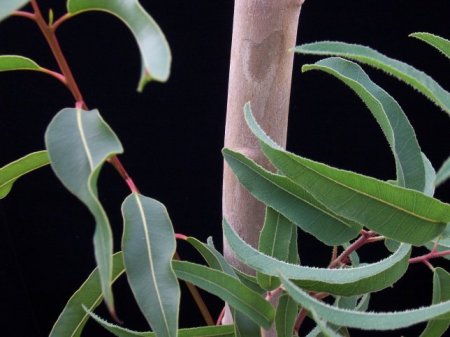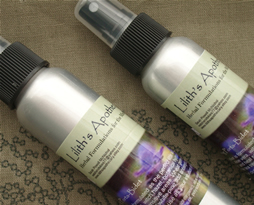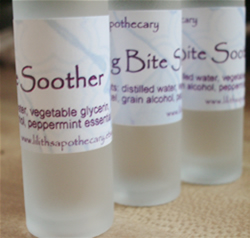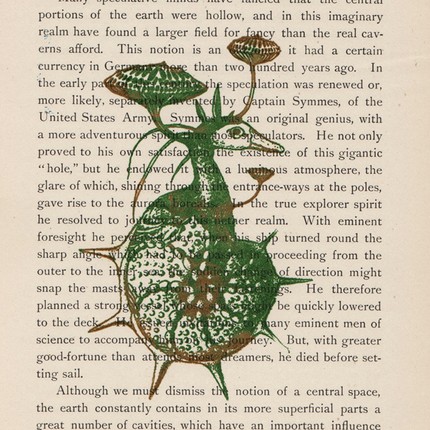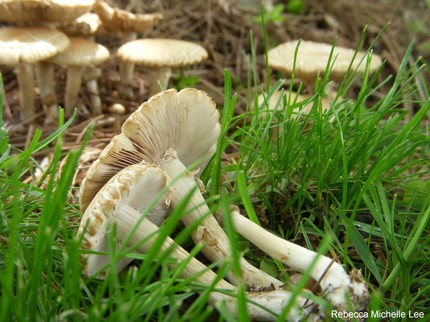
"g" by Oh Dier on Etsy: http://www.etsy.com/shop/WilliamDohman
Guest Post by: Sarah Outlaw
Many people are opting to change a room in their homes into a home office. It may be an entire room, part of a den, or a little nook in the kitchen. Wherever you decide to set up your home office you may want to consider some “greener” more Eco-friendly options.
Furniture:
Most of the office furniture on the market today is made of cheap particle board. This may seem like the economical choice due to affordability but it costs more in the long run. Particle board furniture tends to break, chip, and scratch very easily so it is less durable and needs to be replaced more frequently. Particle board, while seemingly a “green” choice because it is made up of recycled wood or wood waste, is not because of the formaldehyde resin used the bonding agent for the furniture. Formaldehyde will outgas and leach into the surrounding environment and may cause irritation to the eye, lungs, and bronchial passages. Some better options would be to go to your local Goodwill, antique or thrift stores and find real wood furniture that you can reclaim and refurbish to meet your needs. Be sure to use non-toxic finishing products if you are doing any staining or polishing. Another option would be to check yard sales, Craigslist, or even Freecycle.
Paint:
When choosing the paint for any room in your home, not just the office, always look for low VOC (volatile organic compounds), low odor paint. It is easier to find now at Lowe’s or Home Depot because there is a higher demand for it than there used to be. Using this paint will eliminate the headaches and nausea that can accompany a painting project. It is also much safer and healthier for you and your family.
Computers:
It is very frustrating that as soon as you buy any technology it is almost immediately out of date. Something bigger (or smaller) and better comes along just a few months down the road and you are left with a “substandard” device. While there is nothing we can do about the constant advancement of technology, which is not necessarily a bad thing, there is something you can do about making your technology a little more Eco-friendly. Laptops consume less energy than a PC and are portable so you can easily take your home office on the go. Dell has a sleek new Eco Bamboo computer that looks very promising! If a PC is a must, look for smaller computers with an Energy Star monitor. Computers also have ratings for the amount of toxic materials present or used to make them. EPEAT ratings are the EPA’s Electronic Product Environmental Assessment Tool to determine if a PC meets specific safety criteria. Buying an EPEAT certified PC is a crucial step in reducing hazardous and non-hazardous waste and energy during manufacturing.
The average American buys a new computer every three years. This means one person can go through approximately 60 computers in a lifetime! That is a lot of waste! When you are replacing your PC, please consider recycling it by sending it back to the manufacturer or donating it. It is imperative that electronics stay out of the landfills because the leach mercury, lead, and cadmium into the groundwater and contaminate the air.
Printers:
A printer is a must for every office unless you are able to go completely paper-free. Choose Energy Star printers and purchase recycled printer paper. Companies like HP are boasting new Eco-Friendly printers that are said to have energy and paper-saving features. It pays to do the research to find the best options for you and the environment.
If you own a small business and are in need of Eco-friendly products and services, I have found Eco-Office Gals to be a great resource.Utilizing the above tips and resources should be of help when designing your ideal Eco-friendly home office. Every “green” choice matters in the health of your family and of our planet.
 Sarah Outlaw is a work-at-home wife and mother of 3 who is passionate about natural living, natural medicine, and real food. She is the owner of 90210 Organics, an Eco-boutique, and is a Certified Health Coach & Natural Living Consultant.
Sarah Outlaw is a work-at-home wife and mother of 3 who is passionate about natural living, natural medicine, and real food. She is the owner of 90210 Organics, an Eco-boutique, and is a Certified Health Coach & Natural Living Consultant.




 Posted by lilithsapothecary
Posted by lilithsapothecary 